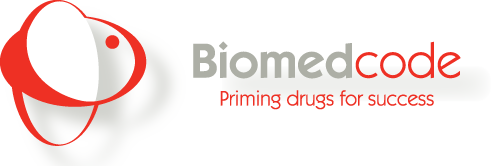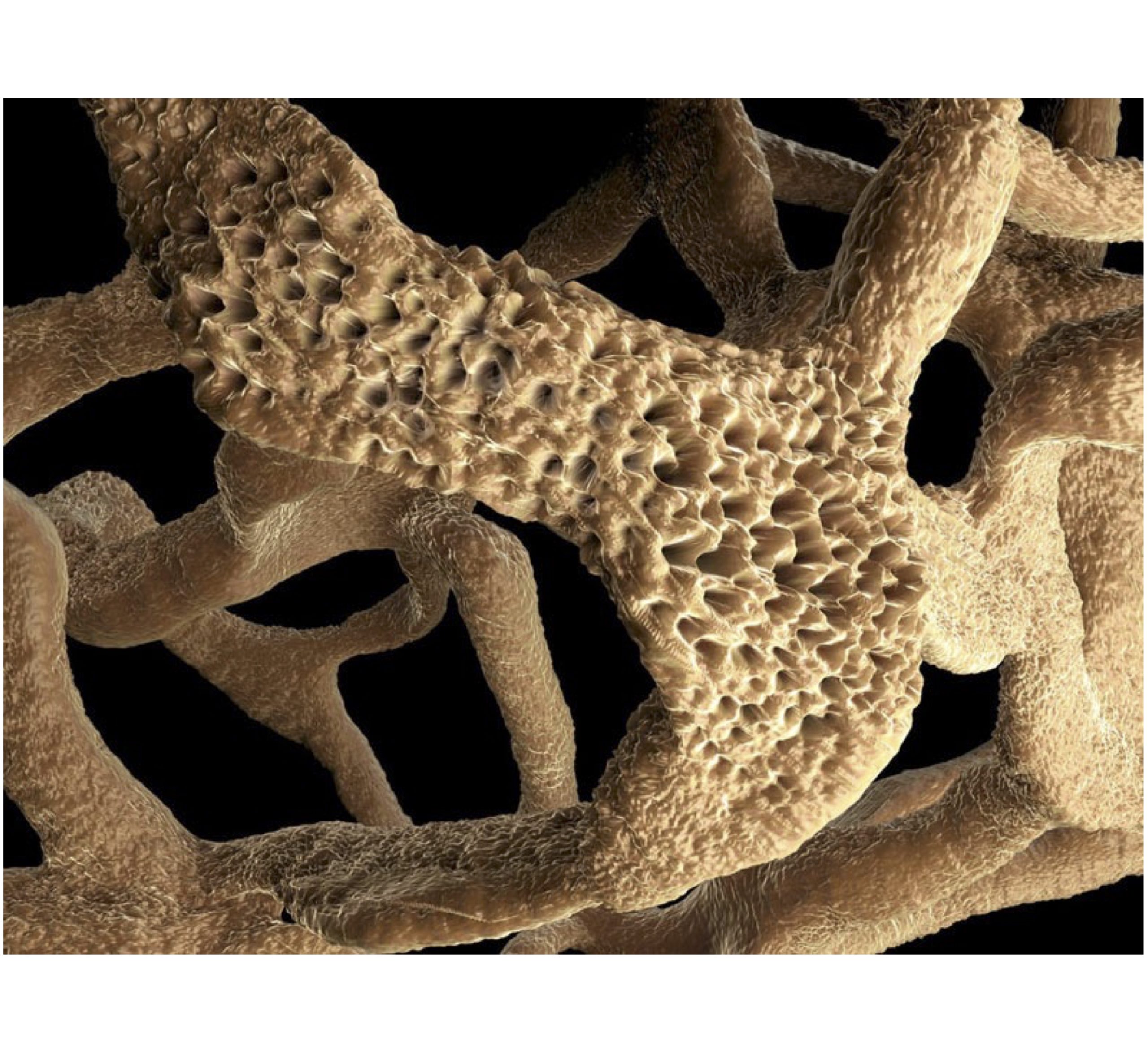Osteoporosis is the most common bone disease, affecting one in three women and one in five men over the age of 50 worldwide. In numbers, the number of women affected reaches 200 million – representing approximately one-tenth of women at their sixties, one-fifth of women at their seventies, two-fifths of women aged 80 and two-thirds of women aged 90.
The major clinical consequence of the “silent disease”, as it is usually called due to the absense of overt clinical signs, is fragility fractures. And, to make problem and consequences bigger, data show that an initial fracture is a major risk factor for a new fracture. As the population worldwide is rapidly ageing and lifestyle habits including diet and absense of physical exercise do not adequately support musculoskeletal health, the incidence of osteoporosis and related fractures is continuously increasing and is predicted to continue this trend in the future. Therefore, osteoporosis is considered a serious public health concern and a lot of effort is put in the development of efficacious therapies that will allow adequate compliance of the elderly being treated with them.
Mechanisms of osteoporosis involve the increased activity of osteoclasts combined or not with decreased activity of osteoblasts, leading to imbalance in the bone remodeling process with accelerated bone resorption and attenuated bone formation. Therapeutic interventions may include the blockade of osteoclast activation that can be achieved through blockade of factors promoting is, as RANKL (Receptor Activator of Nuclear factor Kappa beta Ligand), a known promoter of osteoclast development and of bone tissue breakdown and osteoporosis pathology.
Denosumab is a fully-human IgG2 monoclonal antibody that blocks the function of RANKL. It was developed by Amgen for the treatment of osteoporosis, bone loss caused by treatments and bone metastases and was approved by the US FDA and EMA back in 2010 under the brand names Prolia and Xgeva, with the different names refering to different use indications. As Amgen reports, the combined revenues the two products, was $5.3 billion worldwide last year, showing a year-over-year increase in both new and repeat patients.
With patent expiration approaching, a race for the development of denosumab biosimilars has taken place. First in rank to get approval was Luye Pharma Group that in November 2022 got the green light from China’s National Medical Products Administration for BOYOBEI® commercialization. The second place took a biosimilar developed by the China based biopharmaceutical company Mabwell/T-mab that announced MAILISHU approval from the Chinese NMPA in March 2023.
However the most sound impression has made the approval of the third in rank denosumab biosimilar developed, as the Sandoz biosimilar Wyost /Jubbonti was approved by FDA for use in the US. Wyost has already received approval in Canada, but EMA has not yet approved any denosumab biosimilar for use in Europe.
Apart from the already successful participation others are still close to the finish line as the Icelandic company Alvoetch that announced the organization of pharmacokinetics studies for AVT03, its proposal for denosumab biosimilar, the Iran based AryoGen having successfully completed phase II studies that demonstrated noninferiority of Arylia compared the reference product Prolia and Shanghai based Henlius Biotech currently running an international multicenter phase 3 clinical trial for its denosumab biosimilar candidate (HLX14).
Other candidates in pipeline are Samsung Bioepis with SB16, Celltrion Healthcare with CT-P41, JHL Biotech with JHL1266 and Australia’s NeuClone biosimilar currently in scaling up phase.
At Biomedcode we have tested denosumab and a number of denosumab biosimilars on our TghRANKL model, a human RANKL overexpressing mouse developing spontaneously severe osteoporosis (Rinotas et al 2014). Using standardized procedures and validated readouts we have testified the therapeutic efficacy of Denosumab and Denosumab biosimilars.

